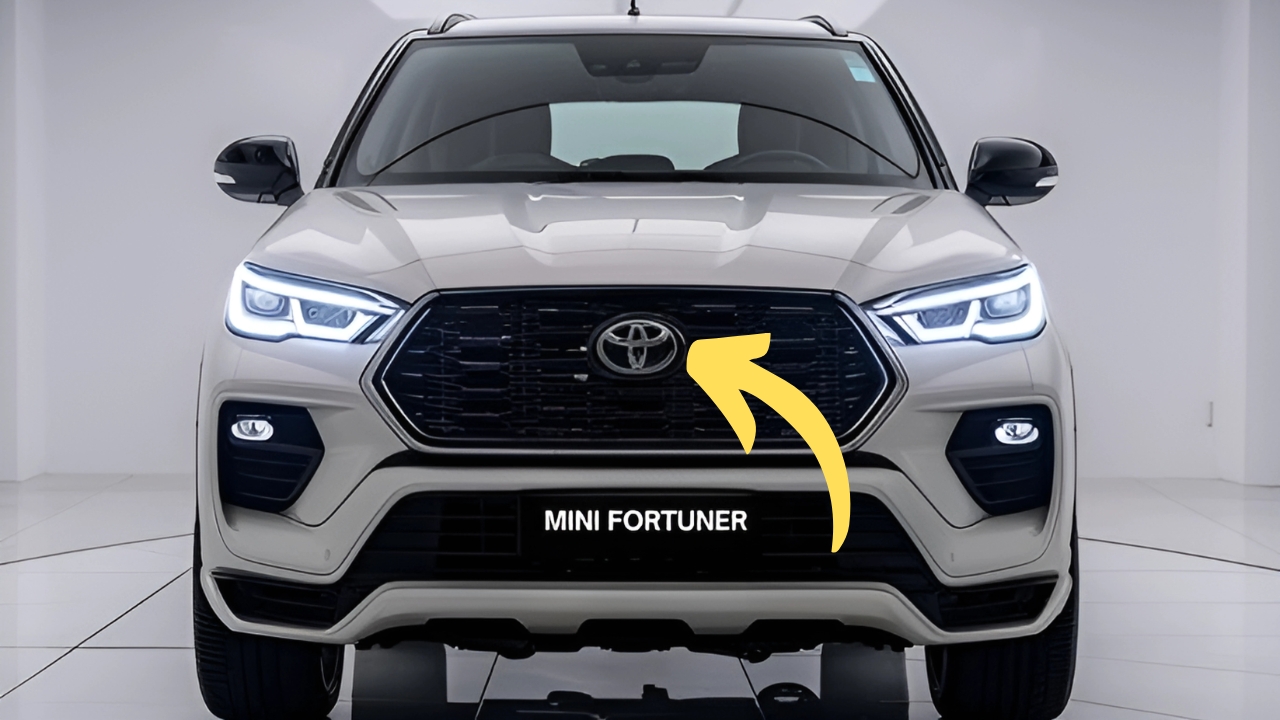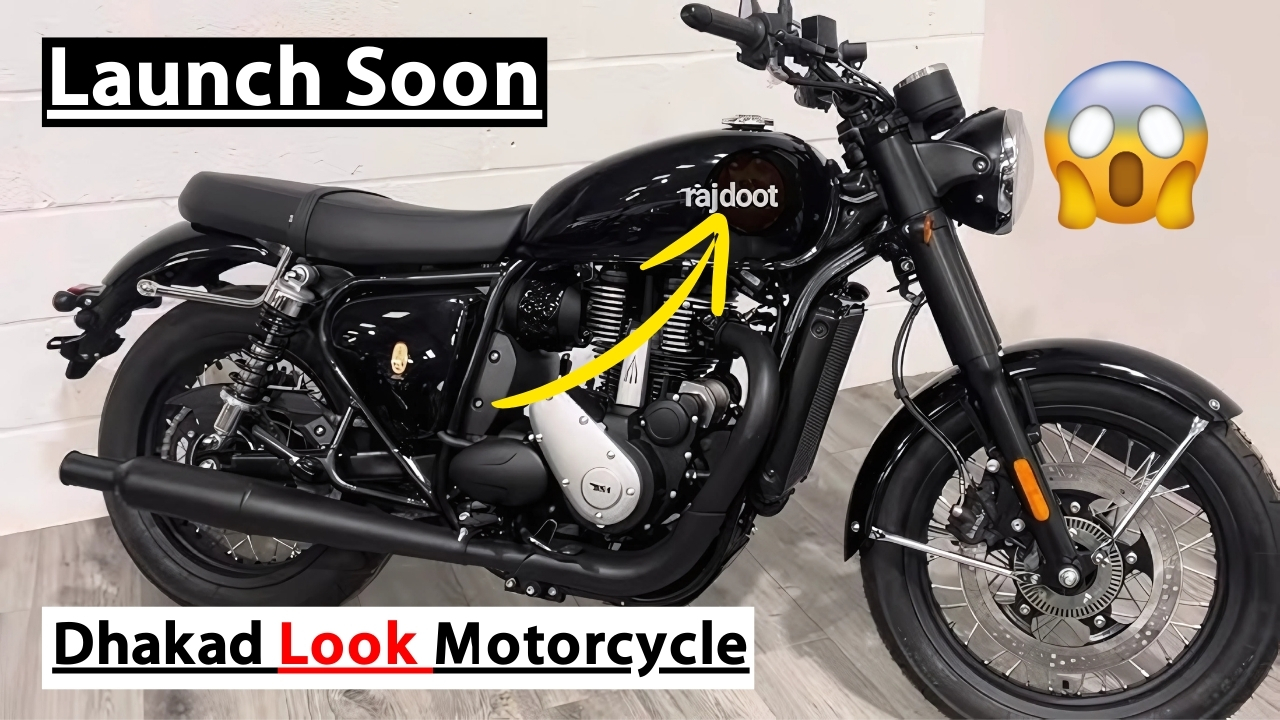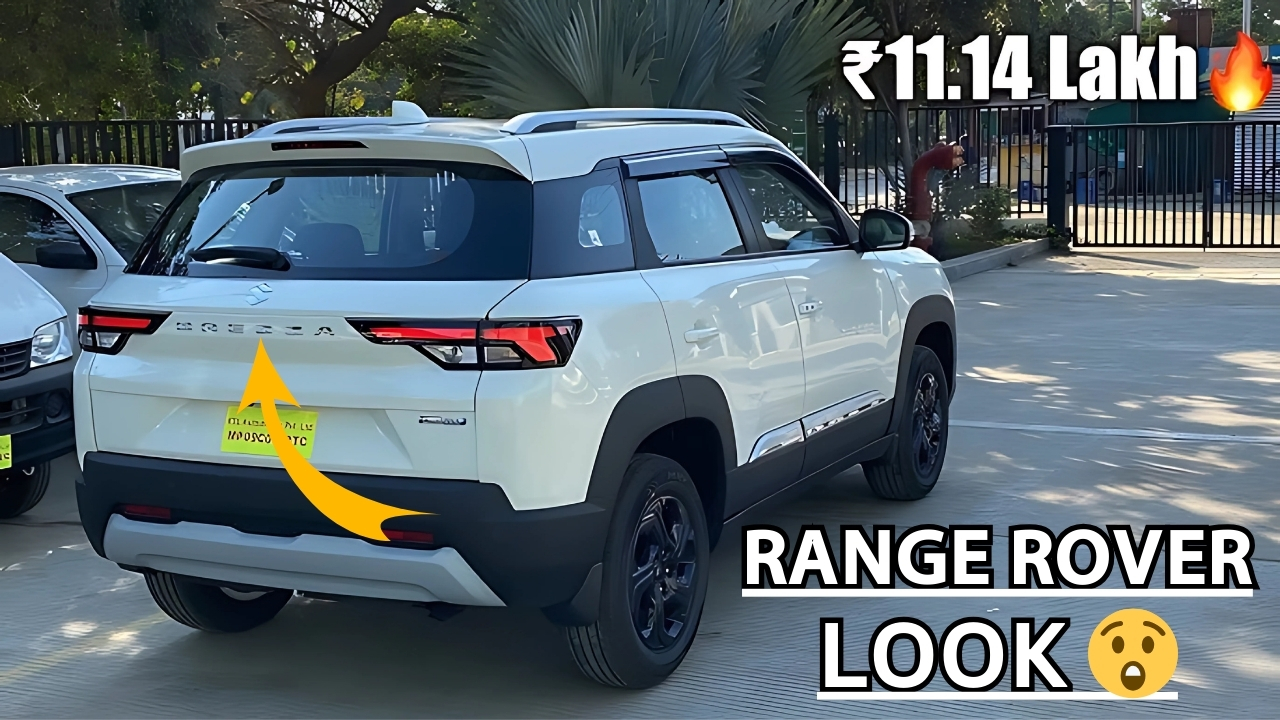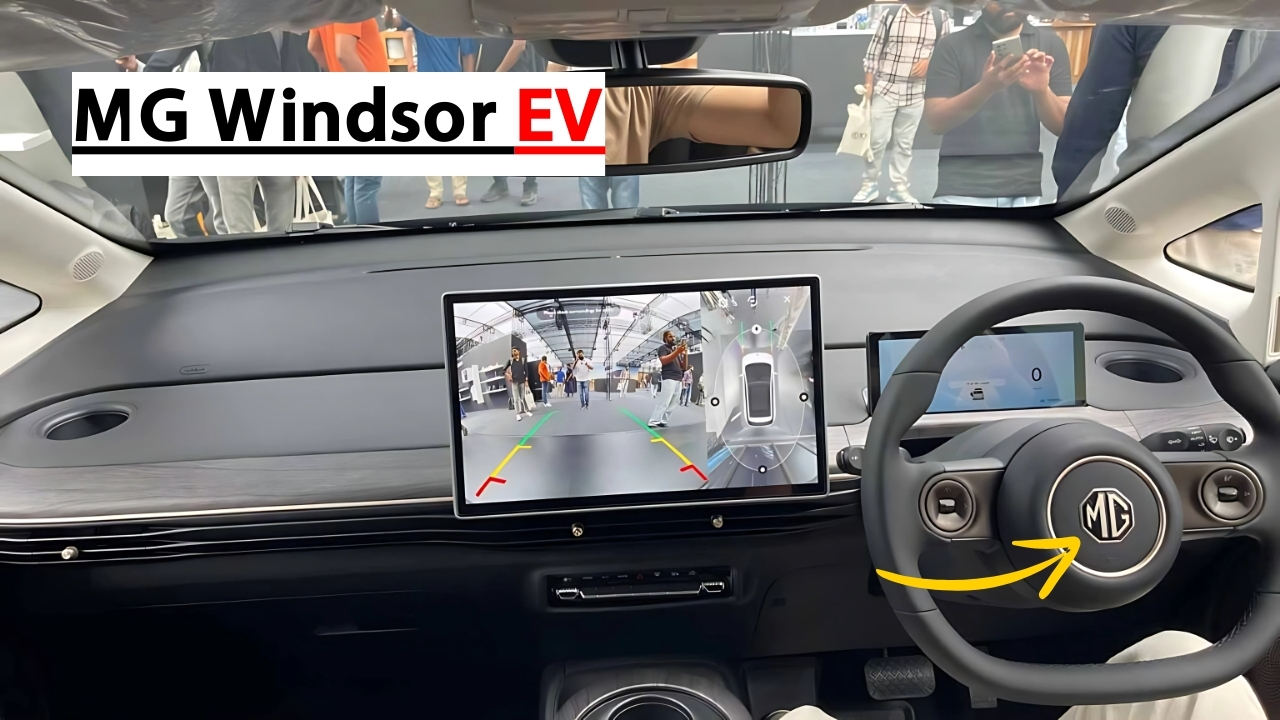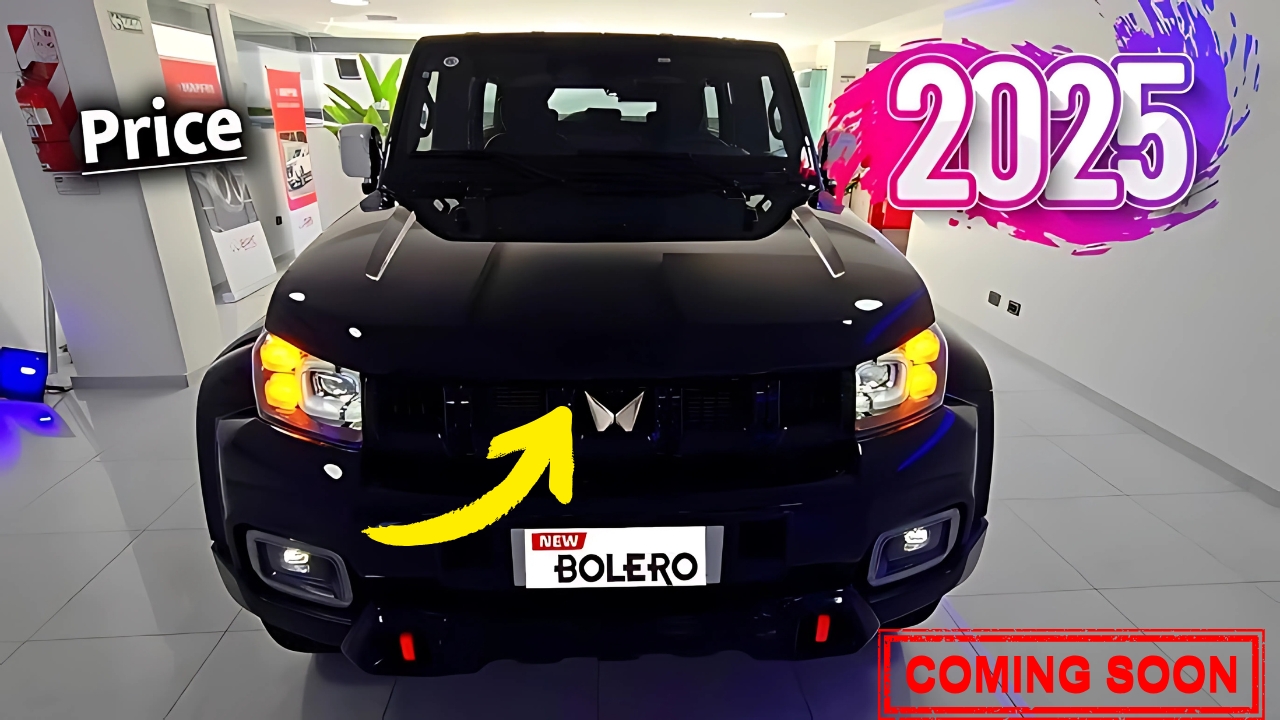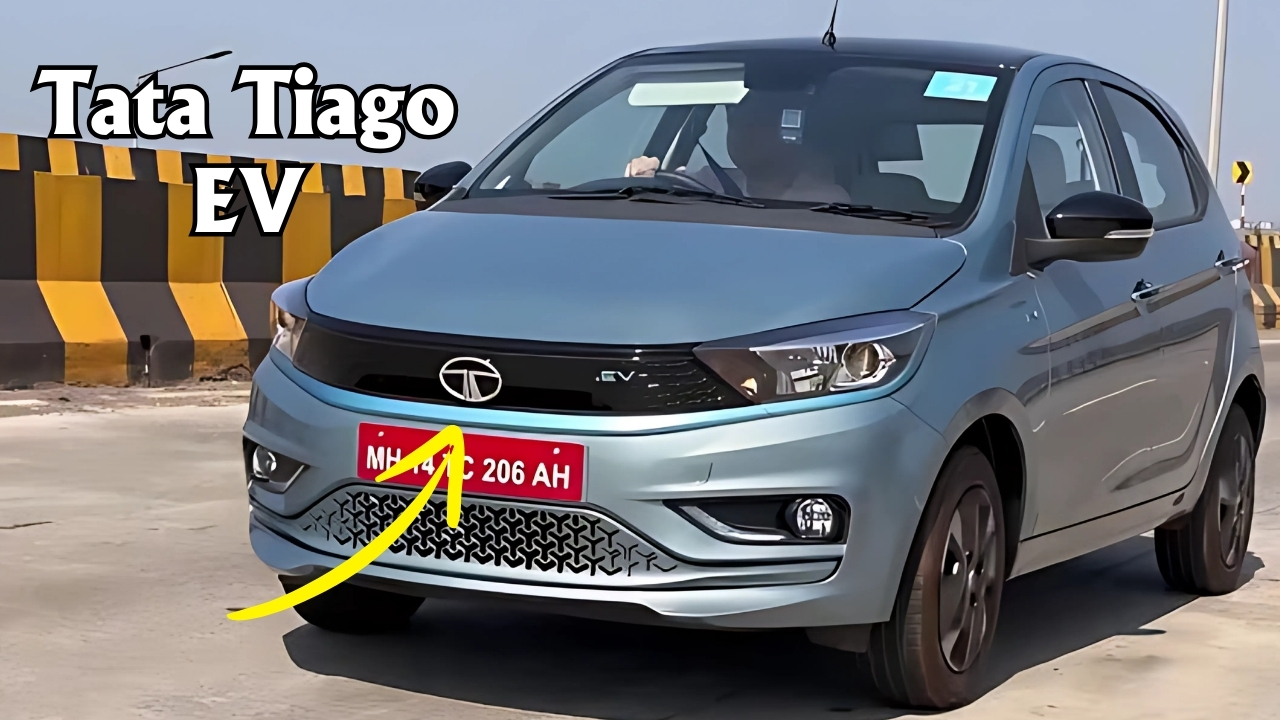For more than twenty years, the Mahindra Bolero has been a recognizable presence on Indian roads.
Its rugged design and unwavering reliability have made it a favorite among urban dwellers and those living in rural areas alike, solidifying its place in the hearts of Indian motorists.
Recently, Mahindra introduced a major redesign of this beloved vehicle, skillfully balancing its rich heritage with the modern demands of today’s consumers.
As one walks around the new Bolero, it’s evident that the design team opted for a respectful evolution rather than a radical overhaul.
The iconic boxy shape remains intact, retaining the functional proportions that have defined the Bolero since it first hit the market.
Key elements such as the upright stance, squared wheel arches, and impressive road presence have been carefully maintained, features that hold significant value for its primary users in rural and semi-urban markets.
“We approached this redesign with immense respect for the Bolero’s significance to its owners,” says Pratap Bose, Chief Design Officer at Mahindra.
“Our research indicates that customers appreciate the straightforward, functional aesthetic of the Bolero. They weren’t looking for a trendy crossover; they wanted a modern take on the vehicle they already trust.”
This principle shines through in the vehicle’s exterior updates. The front end boasts a bolder six-slat grille, finished in dark chrome, paired with larger LED headlights that feature distinctive C-shaped daytime running lights.
The redesigned bumper showcases stronger lines and integrated fog lights, creating a modern appearance while retaining the rugged charm.
On the sides, the wheel arches have been slightly enlarged to fit the new 16-inch alloy wheels available on higher trims, while the additional plastic cladding along the lower door panels adds visual flair and protection against debris.
The rear of the vehicle maintains the practical side-hinged tailgate, now enhanced with vertically oriented LED taillights that boost visibility.
Notably, the color palette has expanded, featuring new premium metallic options among the classic white and silver shades that have been staples of the Bolero lineup.
The introduction of colors like Sunburst Orange and Napoli Black suggests Mahindra’s aim to attract a younger demographic looking for personalized style within the Bolero’s practical identity.
Inside the new Bolero, the marriage of tradition and modernity becomes clearer. While it retains familiar features such as an upright seating position and excellent visibility, the interior has been significantly modernized.
The dashboard layout is now more horizontal, enhancing ergonomics, with a standout 9-inch touchscreen infotainment system (standard on mid and high trims) that supports wireless Apple CarPlay and Android Auto.
Physical controls for climate settings remain, emphasizing the practicality of tactile buttons, especially in the challenging, bumpy environments where the Bolero is frequently driven.
Material quality has seen a noticeable upgrade—soft-touch surfaces in high-contact areas and better panel alignment contribute to a more refined feel.
The fabric upholstery in standard models has been enhanced with durable weaves and stain-resistant finishes, ideal for the demands of agricultural use.
Higher trims offer leatherette options for those seeking added luxury without sacrificing ease of maintenance.
The new seating configuration maintains flexibility, featuring forward-facing third-row seats instead of previous side-facing jump seats, acknowledging advancements in safety considerations.
For commercial applications, a nine-seater variant with rear side-facing benches remains accessible in certain markets.
“The interior reflects our understanding that Bolero owners utilize their vehicles differently than typical SUV buyers,” comments Rajesh Jejurikar, Executive Director of Mahindra’s Auto and Farm Sectors.
“For many, these vehicles serve as family transport during the week and working vehicles on weekends. Our cabin design accommodates that dual use seamlessly.”
This dual purpose is further exemplified by thoughtful features like washable rubber floor mats, multiple 12V outlets, under-seat storage, and roof-mounted grab handles for easier entry on rough terrain.
The cargo area also boasts tie-down points and a durable liner to withstand heavy, sometimes muddy loads.
Under the hood, the Bolero has undergone its most notable technical upgrade. The well-known mHawk D75, 1.5-liter diesel engine has been revamped to meet BS6 Phase 2 emissions standards while enhancing both refinement and efficiency.
While producing a modest output of 100 horsepower and 260 Nm of torque, this engine’s low-end torque calibration is specifically tuned for the off-road and heavy-load needs of Bolero users.
Connected to this engine is a new six-speed manual transmission, replacing the previous five-speed version to improve highway cruising performance and decrease engine noise at high speed.
For the first time, an automated manual transmission (AMT) option is available on higher trims, catering to the increasing demand for easier two-pedal driving among traditional utility vehicle buyers.
The chassis continues to feature a robust body-on-frame construction, yet improvements in reinforcement and high-strength steel have heightened torsional rigidity while keeping weight in check.
The suspension strikes a balance between durability and comfort, featuring independent front suspension with torsion bars and a rear live axle with leaf springs, while new dampers and bushings enhance comfort over uneven surfaces.
Four-wheel drive remains an option, showcasing a simple mechanical part-time system that ensures dependability in challenging conditions and is easy to maintain, even in remote locations.
Fuel efficiency, a vital factor for the target market, has improved by around 12%, with the new model achieving approximately 17.5 km/l per standard testing conditions—this is a vital enhancement concerning the operating costs for both personal and commercial drivers.
The technological innovations in the new Bolero prioritize practical functionality rather than flashy gimmicks.
The infotainment system features connectivity options through Mahindra’s AdrenoX platform, enabling remote monitoring of vehicle conditions, geofencing—which is particularly beneficial for fleet managers—and over-the-air updates for certain systems.
Safety is a key focus, with six airbags available on upper trims (dual front airbags standard across the board), electronic stability control, hill-hold assist, and a rear camera with dynamic lines enhancing safety.
While some advanced driver-assistance technologies common in urban SUVs are notably absent—recognizing that their complexity can be a disadvantage in the Bolero’s primary use cases—Mahindra has prioritized durable, dependable technology that thrives in the rugged conditions it’s often subjected to.
The vehicle’s electrical architecture is designed with extra protection against dust and moisture, featuring redundancies to keep essential functions operational, even under adverse conditions.
“Our technology integration focuses on reliability and serviceability,” notes Velusamy R, Chief of Global Product Development at Mahindra.
“Our customers rely on their vehicles for their livelihoods, so we’ve ensured every new feature can be easily diagnosed and serviced, even in areas with limited infrastructure.”
The new Bolero offers a broader price range compared to its predecessor, which is part of Mahindra’s strategy to attract new buyers while retaining existing loyal customers.
The entry-level B2 variant caters to commercial and rural customers with basic specifications centered around durability, while the luxurious B6 trim provides unprecedented levels of refinement and features.
“The Bolero brand carries significant value throughout India,” states automotive expert Hormazd Sorabjee.
“With this new generation, Mahindra is leveraging that value to broaden the vehicle’s appeal without detaching from the loyal customer base that has sustained its remarkable legacy. It’s a delicate balance, but initial feedback suggests they’ve succeeded.”
This enhanced appeal positions the new Bolero to compete not just against traditional challengers like Tata Sumo Gold and Force Gurkha but also lifestyle-focused models like Mahindra’s Thar and lower variants of compact SUVs from brands like Hyundai and Kia.
Early market responses indicate that this strategy is gaining momentum, with pre-bookings surpassing projections by nearly 30%, particularly strong in tier-2 and tier-3 cities where buyers have previously leaned toward urban-centric alternatives.
Acknowledging that ownership extends beyond just the vehicle, Mahindra has expanded the support infrastructure surrounding the new Bolero.
The service network has grown to over 1,500 locations nationwide, focusing especially on rural regions with limited access to authorized services.
Service intervals have been extended to 10,000 kilometers, a jump from the previous 5,000 kilometers, thus reducing both maintenance costs and downtime.
Additionally, Mahindra has launched a mobile service initiative that sends technicians to rural customers, a vital convenience for agricultural users during peak times when taking vehicles to service centers can be challenging.
The standard warranty has been increased to 3 years or 100,000 kilometers, with an optional extension to 5 years or 150,000 kilometers, illustrating Mahindra’s confidence in the vehicle’s durability while addressing concerns regarding new technology’s long-term reliability.
“Bolero customers have unique expectations compared to standard passenger vehicle buyers,” notes Nalinikanth Gollagunta, CEO of Mahindra’s Farm Equipment Sector.
“Many are located far from urban centers and cannot afford significant downtime. Our expanded service network and mobile options cater to these needs.”
The new Bolero steps into a market where its predecessor has become more than just a mode of transportation; it’s a cultural emblem, especially in rural India.
Mahindra’s marketing strategy embraces this legacy while striving to pen new chapters in the Bolero narrative.
The launch campaign, “Naya Bolero, Wohi Vishwas” (New Bolero, Same Trust), highlights the balance between innovation and heritage.
Advertisements across television and digital platforms portray multigenerational families transitioning from old Boleros to the new model, showcasing continuity and progress.
“The Bolero isn’t merely another SUV in our lineup—it’s an institution,” asserts Veejay Nakra, President of Mahindra’s Automotive Division.
“Our customers don’t just make a purchase; they make an emotional and financial investment. The new generation needed to acknowledge that bond while advancing the product meaningfully.”
This relationship is most evident within rural communities, where the Bolero often acts as shared transport during significant life events—weddings, religious ceremonies, medical emergencies, and farming tasks.
Mahindra’s field research has brought to light numerous stories of the Bolero’s integral role in family legacies across generations.
Small Fortuner: Respectful Reinvention of an Icon
The automotive industry is filled with examples of brands that miscalculated how to evolve beloved vehicles—either altering too little to stay relevant or transforming too drastically and losing their core identity.
With the new Bolero, Mahindra seems to have addressed this challenge with a keen sensitivity to what makes the vehicle special for its diverse ownership.
By preserving the essential traits of simplicity, durability, and practicality while thoughtfully incorporating modern expectations for comfort and efficiency, Mahindra has crafted a vehicle that feels genuinely connected to the Bolero legacy while adapting to the demands of today’s automotive landscape.
As India’s mobility market continues transitioning toward electrification and urbanization, the new Bolero serves as a reminder that significant innovation doesn’t always equate to revolution.
Sometimes, the most impressive accomplishments in engineering lie in discerning precisely what should transform and what should remain unwaveringly constant.
For farmers, small business owners, and rural families who have come to rely on the Bolero over two decades, this intentional progression ensures that this trusted companion will continue to meet their evolving needs far into the future.
